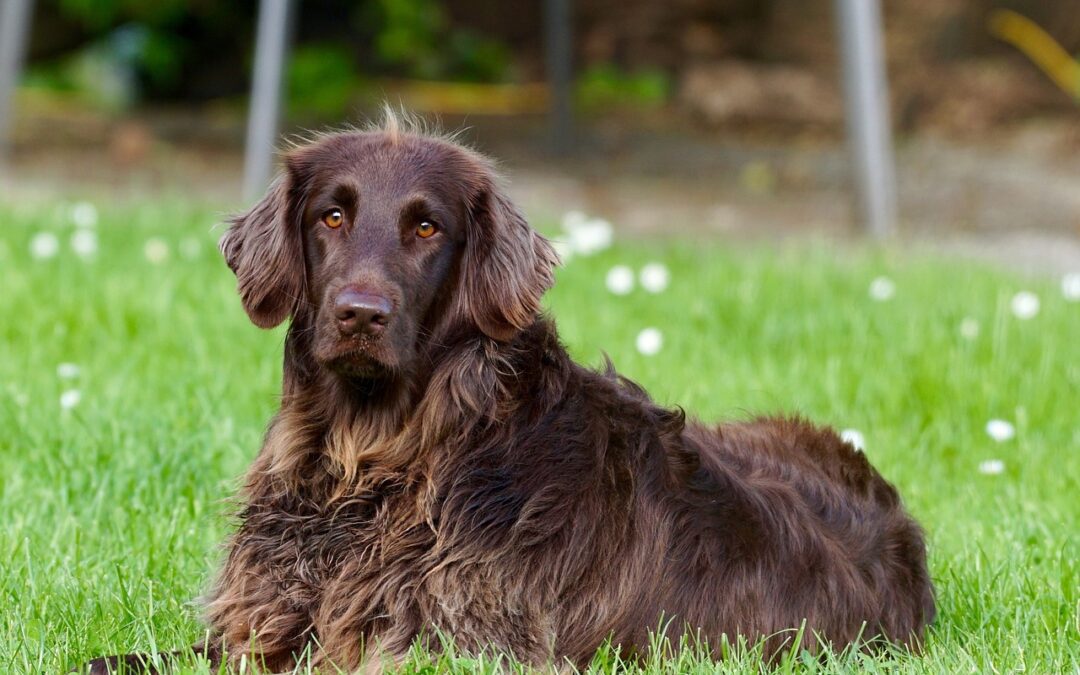What to Know About Cranial Cruciate Ligament Tears in Pets
If you watch sports, you probably cringe when you see an athlete fall and clutch their knee. As one of the important ligaments in charge of stabilizing the knee, the anterior cruciate ligament (ACL) is most likely what they tore.
Did you know that your pet can tear the same knee ligament? Although called by a different name—cranial cruciate ligament (CCL)—the problem is the same.
What exactly is a pet’s cranial cruciate ligament tear?
Stabilizing the knee joint depends on the cranial cruciate ligament, which joins the thigh bone (the femur) to the shin bone (the tibia). The shin moves away from the femur as your pet walks when the CCL ruptures or tears, creating instability and pain.
How does cranial cruciate ligament damage occur in animals?
A CCL rupture or tear in animals is caused by a variety of factors, including:
- Ligament degeneration
- Obesity
- Poor physical condition
- Genetics
- Skeletal shape and configuration
- Breed
In general, CCL rupture occurs because the ligament slowly degenerates over months or years, rather than an acute injury to a healthy ligament.
What are signs of a cranial cruciate ligament tear in pets?
A CCL tear, particularly a partial tear, can cause signs that range in severity and can be challenging for pet owners to determine whether their pet needs veterinary care. However, a CCL rupture needs medical attention, and you must schedule an appointment with our team if your pet is displaying these signs:
- Pain
- Stiffness
- Lameness on a hind leg
- Difficulty standing after sitting
- Difficulty during the process of sitting
- Difficulty jumping into the car or on furniture
- Decreased activity level
- Muscle atrophy in the affected leg
- Decreased range of motion in the knee
How can a torn cranial cruciate ligament be repaired?
Treatment for a torn CCL will depend on your pet’s activity level, size, age, and degree of knee instability. Surgery is typically the best option, as an osteotomy- or suture-based technique is the only way to permanently manage the instability. However, medical management may also be an option.
Your pet may have torn their cranial cruciate ligament if they limp on one of their hind legs. Call our staff to arrange an orthopedic examination.

